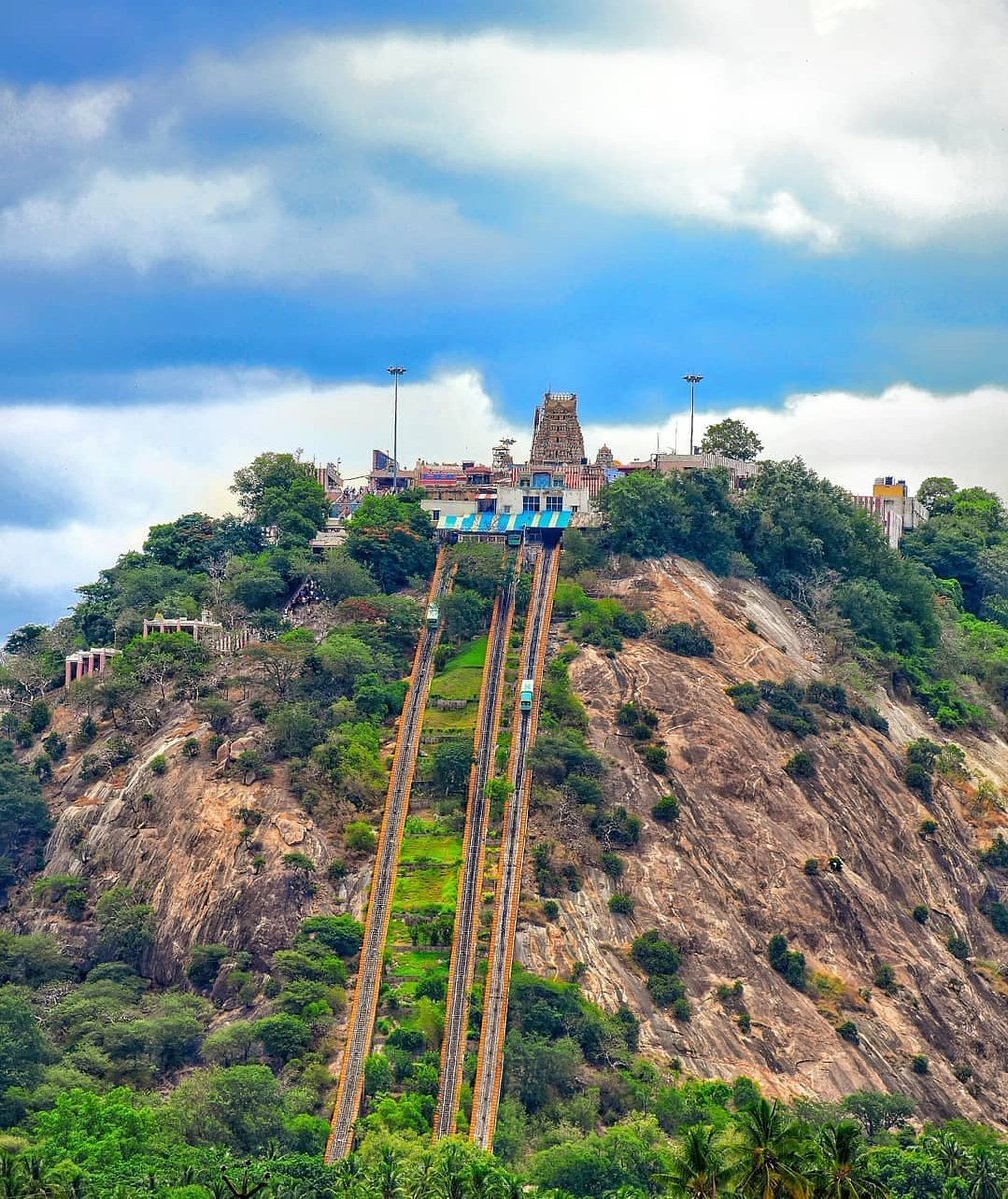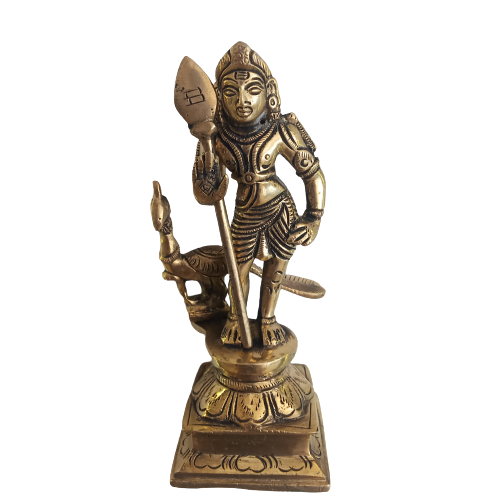


The temple is situated atop a hill known as Sivagiri. The Thandayudhapani Temple dedicated to Lord Murugan "Palani Andavar", and regarded one of his Arupadai Veedu (Six Battle Camps), is situated here. Palani is home to one of the most sacred shrines of the Lord Muruga, as worshiped in the Hindu sect of Kaumaram. In the 18th century, Hyder Ali and his son, Tippu Sultan ruled over the place before being annexed the British after the Third Anglo-Mysore War. The area was under the influence of the rulers of Coimbatore and Madurai, at various points of time. The northern part of the Palani and Oddanchatram taluks is held to have been part of the Anda Nadu sub-region, whereas the rest of the area constituted the Vaikapuri Nadu. Palani and most of Dindigul district were part of the Kongu Nadu region of the Tamil country. He went into meditation to know about himself. It is believed that Murugan felt the need to get matured from boyhood and hence chose to remain as a hermit and discarded all his robes and ornaments. He left Kailash and took up his abode in Palani hills in South India. When Murugan returned, he was furious to learn that his efforts had been in vain. Pleased with their son's discernment, Lord Shiva awarded the fruit to Lord Ganesha. However, Ganesha, who surmised that the world was no more than his parents Shiva and Shakti combined, circumambulated them". Accepting the challenge, Lord Murugan started his journey around the globe on his mount peacock. He decided to award it to whomever of his two sons first circled the world thrice. Upon Lord Sivan expressing his intention of dividing the fruit between his two sons, Ganesha and Muruga, the sage counselled against cutting it. According to Hindu mythology, "Sage Narada once visited the celestial court of Lord Sivan at Mount Kailash to present to Him a fruit, the gyana-pazham (literally, the fruit of knowledge), that held in it the elixir of wisdom. References to the place exist in ancient Tamil devotional texts.


 0 kommentar(er)
0 kommentar(er)
